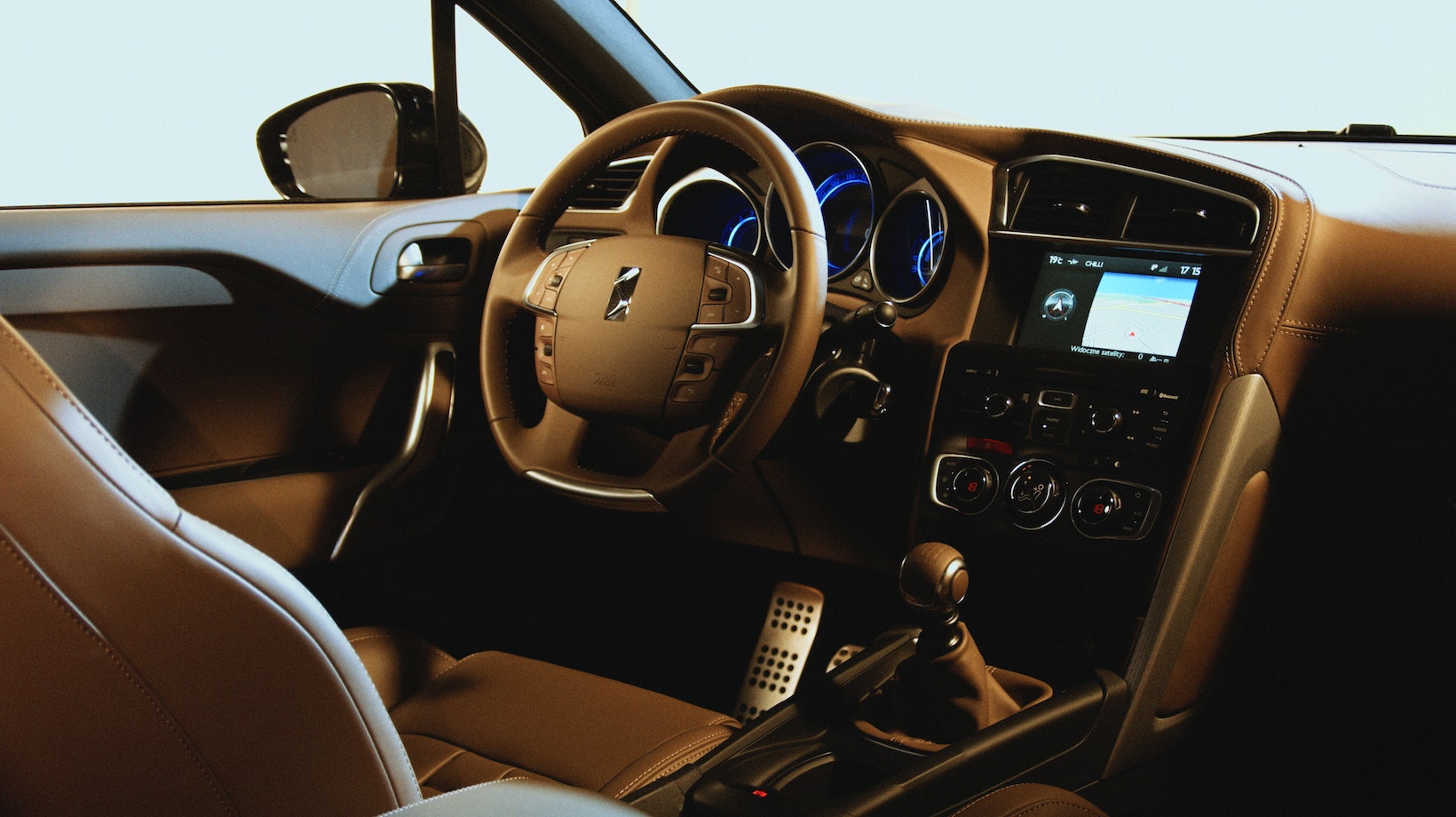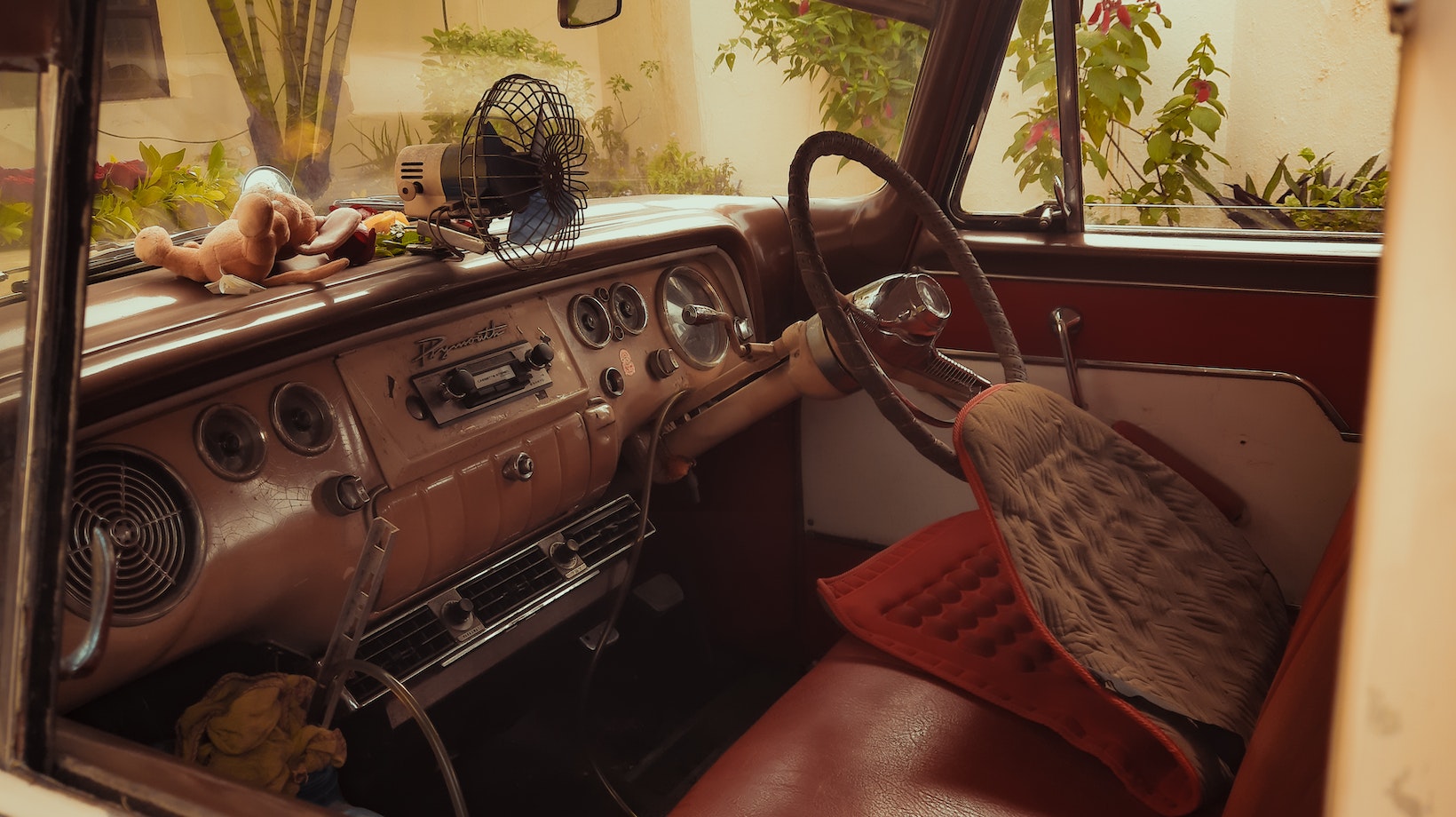Ripped Car Seat Repair
- Needle and Thread: A sturdy needle and strong thread are indispensable for sewing up small tears or reattaching loose fabric.
- Upholstery Repair Kit: Investing in a quality upholstery repair kit will provide you with specialized tools such as curved needles, upholstery pins, and a staple gun – all designed to handle various repairs with ease.
- Trim Removal Tools: These handy tools help you remove plastic trim pieces without causing damage to your car’s interior. They come in different shapes and sizes to fit into tight spaces.
- Hot Glue Gun: Ideal for securing loose upholstery or attaching new fabric patches, a hot glue gun is a versatile tool that can be used for quick fixes.
- Scissors: A good pair of sharp scissors is essential for cutting fabric, removing excess material, or trimming threads after repairs.
Essential Materials For Car Seat Restoration
- Upholstery Fabric: Choose a durable upholstery fabric that matches your car’s interior design and color scheme. Make sure it’s easy to clean and resistant to wear and tear.
- Foam Padding: Over time, foam padding can lose its shape or become worn out. Having extra foam padding allows you to replace damaged sections and restore comfort to your seat cushions.
- Adhesive Spray: This adhesive spray is used to attach new fabric patches onto your car seats securely. Look for an adhesive that is specifically designed for automotive use.
- Vinyl Repair Compound: For vinyl seats with cracks or small punctures, a vinyl repair compound can help fill in the damaged areas and restore a smooth surface.
Additional Equipment For Advanced Repairs
- Steam Cleaner: A steam cleaner is an effective tool for deep cleaning and removing stubborn stains from fabric or upholstery. It uses hot steam to sanitize and refresh your car seats.
- Heat Gun: A heat gun can be used to soften and reshape vinyl or plastic components that have become misshapen over time. This is especially useful when dealing with sagging armrests or cracked dashboard covers.
- Leather Repair Kit: If your car seats are made of leather, having a leather repair kit handy will allow you to fix small scratches, scuffs, or tears without compromising the overall appearance of your seats.
Remember, safety should always come first when working on car seat repairs. Wear protective gloves and goggles as necessary, and take caution while using sharp tools or heat-generating equipment.
By having the right tools and materials at hand, you’ll be well-equipped to tackle various car seat repairs with confidence and ensure that your car’s interior looks its best for years to come.

Preventing Future Rips And Tears In Your Car Seats
- Invest in quality seat covers: One of the most effective ways to protect your car seats is by using high-quality seat covers. These covers act as a barrier between your original upholstery and potential sources of damage like sharp objects or spills. Choose seat covers that are made from durable materials such as neoprene or leatherette for maximum protection.
- Avoid placing heavy or sharp objects on the seats: To minimize the risk of accidental tears, it’s important to be mindful of what you place on your car seats. Keep heavy items off the seats whenever possible, as their weight can put unnecessary strain on the upholstery. Similarly, avoid placing sharp objects like keys or tools directly on the seats, as they can easily puncture or tear the fabric.
- Regularly clean and condition your seats: Proper maintenance is key when it comes to preventing rips and tears in your car seats. Regularly vacuuming and cleaning them will help remove dirt and debris that could potentially cause abrasions over time. Additionally, applying a leather conditioner (if applicable) will help keep the material supple and less prone to cracking.
- Be cautious while entering/exiting the vehicle: It may seem simple enough, but being mindful while getting in and out of your car can go a long way in preserving the integrity of your car seats. Take care not to drag yourself across the seat’s surface or use excessive force when sitting down or standing up – these actions can inadvertently lead to tears or strains on the upholstery.
- Park in shaded areas or use window shades: Excessive exposure to sunlight can cause your car seats’ fabric to fade and weaken over time, making them more susceptible to rips and tears. Whenever possible, park your vehicle in shaded areas or use window shades to block out harmful UV rays. This simple step can significantly extend the lifespan of your car seats.
By following these preventive measures, you can greatly reduce the likelihood of future rips and tears in your car seats. Remember, proactive maintenance is key in keeping your vehicle’s interior looking its best for years to come.








































